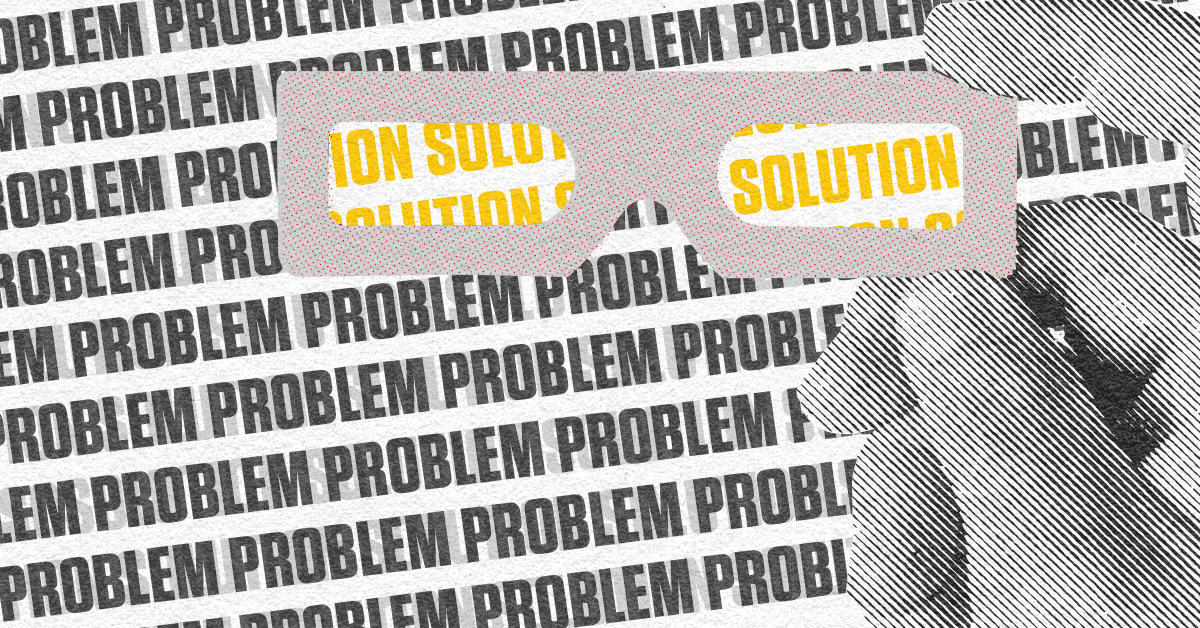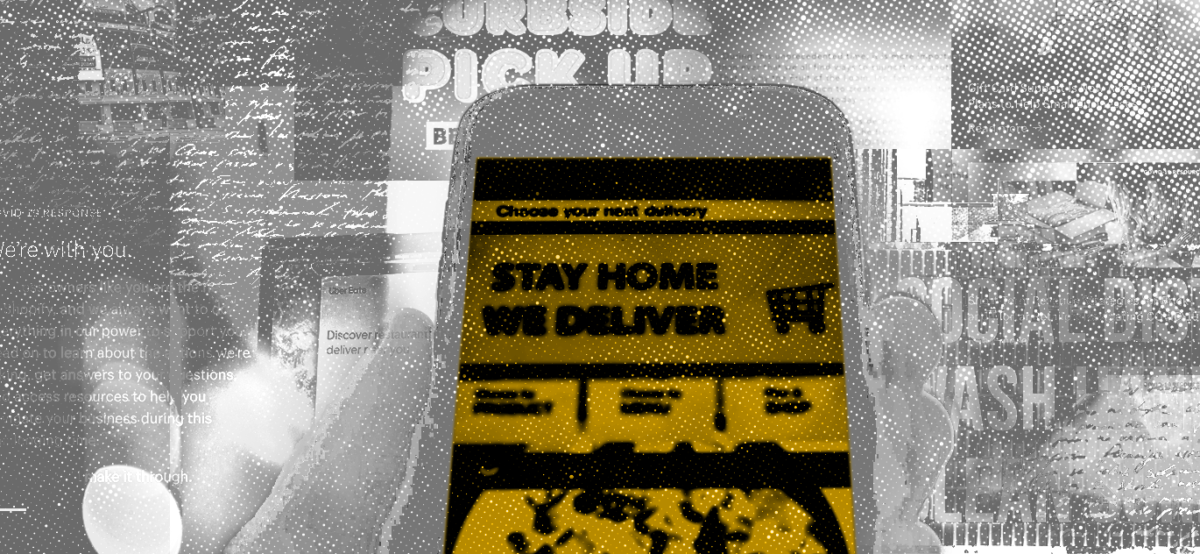Successful partnerships help companies innovate and grow. However, choosing a partner is often an overwhelming process because it’s difficult to differentiate among the options. Most agencies, consultancies, and vendors operate with a mindset of doing exactly what a client asks for, often leading to identical approaches, with little distinction other than price. If you’re evaluating primarily based on price, you may be fine with all your potential partners taking similar approaches, but in the end this strategy is short-sighted, narrow minded, and often backfires in the long run.
At Tallwave, we take a different approach. Whether you’re a current or future client, we apply a curious and empathetic mindset to all of our work. This often means we ask a lot of questions upfront, bring in diverse team members from multiple disciplines, and seek to put ourselves in our client’s shoes. At times, we even challenge client assumptions. While this process takes a bit more discovery, it allows us to focus our efforts on the right tactics from the very beginning, which yield better long-term results and help build stronger relationships between us and our clients.
Whether you’re a current or future client, we apply a curious and empathetic mindset to all of our work.
Here’s our approach to successful partnerships:
We Ask Plenty of Questions to Understand Our Client’s Needs
From the initial interaction with a potential new client, we seek to understand their unique challenges and needs. We may start with the client’s request, but we also take the time to dive deeper and understand how the request truly meets the needs of the business.
For example, one of our media clients, who relies on readers to become contributors, recently asked us to develop a custom application to help them recruit and onboard up to 1,000 new content writers per month. After a few collaborative sessions with their team, we realized their biggest challenge was making the self-serve application more user friendly and intuitive for on-boarding writers.
Given this knowledge, we decided to focus on redesigning the onboarding experience and leveraged Salesforce for the backend management instead of building a full custom application from scratch. Not only did this approach speed up their timeline, it also cut development costs in half, which could then be reapplied to other critical areas of the build.
Ensuring our client’s success is always our main priority at Tallwave. We achieve this by being mindful of the client’s goals and challenges in order to gain a deeper understanding of their business. In the end, the outcome may not be what the client originally had in mind, but this approach allows them to save time and money while still reaching their business objectives.
Ensuring our client’s success is always our main priority at Tallwave. We achieve this by being mindful of the client’s goals and challenges in order to gain a deeper understanding of their business.
We Switch on a Dime When Circumstances Change
As a strategic partner, it’s our responsibility to adapt quickly as trends and shifts occur in the marketplace, whether it’s a new technology, regulation changes, or something much bigger like COVID-19. Not only do we have to understand the changes, we also have to be able to rethink priorities and help clients adapt so they can reach their bottom line.
While all of our clients were impacted by COVID-19, several were impacted more than others. A crisis like this could have been devastating for one of our food distribution clients, whose entire business revolves around providing food supplies, goods, and services to small restaurants. The pandemic forced all restaurants, regardless of size, to completely flip their business models – and when you’re in the business of servicing those restaurants, you really have to flip your business plan.
Our client had to quickly become a resource for their restaurants. Working with our client, we quickly created a multi-step action plan and resource center that detailed ways for restaurants to transition to a fully-digital presence.
Our plan included instructions and guidelines for Google My Business (GMB) posts so restaurants could clearly advertise their availability for take-out or delivery, while also informing potential customers of their location and updated business hours. We provided recommendations to prepare restaurants for take-out only services, including prioritizing safety while working with third-party delivery apps, eliminating touch points between employees, remaining transparent with customers, and updating their online presence. We even provided a few strategic ways restaurants could get creative with their offerings.
We Have a Continuous Focus on Outcomes
We’re always looking for new opportunities to drive growth for our clients.
As an example, we recently worked with a commercial printing client on a full-scale rebrand after they acquired several competitors. Through the process of diving into the business, we identified an opportunity to drive revenue by diversifying their customer base.
Even though it was not part of the original scope, we did an analysis into our client’s loyalty program and found that two-thirds of the company’s revenue came from only 10-percent of their customers. Going deeper, we found that their messaging, content, and marketing tactics were really only geared to one persona.
With this knowledge, we were able to recommend a strategy to build an experience and conversion path for other personas.
By helping every client we work with develop a better understanding of their business and the market landscape, we’re able to root out and address assumptions early to bring fresh perspectives and ideas that focus on the right challenges. It’s an approach that takes a partner who appreciates this type of pushback, but we’ve found that the clients who are open to alternative approaches and think outside the box can adapt their strategies to be more successful in their endeavors. Our relationships with clients are always more fruitful when we’re squarely focused on what matters most – making our clients wildly successful.




